lasagna in shade..did i do it right?
mab2
13 years ago
Related Stories
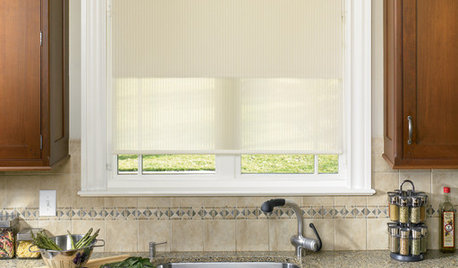
WINDOW TREATMENTSWhat’s the Right Way to Hang Roller Shades?
Over or under? It depends on how you want your shades to look, how much light you want to block and other factors
Full Story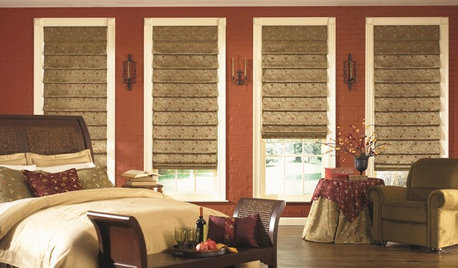
WINDOW TREATMENTSHow to Choose the Right Window Shades
Should you roll with rollers or do as the Romans do? This mini guide to choosing window shades can help
Full Story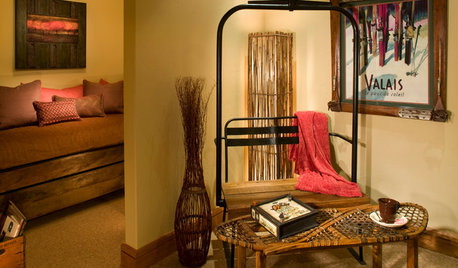
FUN HOUZZDouble Take: Did That Chair Come From a Ski Lift?
Clever homeowners find ways to repurpose chairlift seats indoors and out
Full Story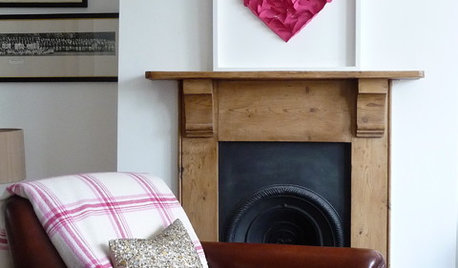
VALENTINE’S DAYTell Us: Why Did You Fall in Love With Your House?
What was it about your house that made your heart flutter? Share your photo, and it could make the Houzz homepage
Full Story
DECORATING GUIDESGetting the Room Right: Part I
Great Spaces Show How to Avoid the Top 10 Decorating Mistakes
Full Story
EDIBLE GARDENSHouzz Call: What Did You Grow This Summer?
Let’s celebrate the homegrown fruits and vegetables of the season. Post your pictures and tell us about your harvest
Full Story
DECORATING GUIDESSet the Right Mood With the Right Lines
Soothe with curves or go straight-up efficient. Learn the effects of lines in rooms to get the feeing you’re after
Full Story
DECORATING GUIDESHow to Choose the Right Window Treatment
If the array of curtains, shades and shutters for windows is leaving you baffled about the best choice, here's professional help
Full Story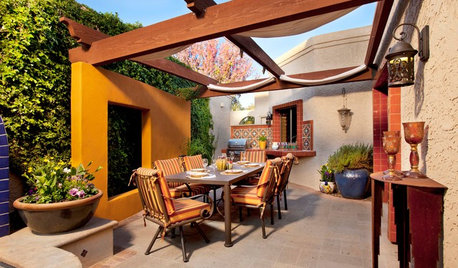
GARDENING AND LANDSCAPINGPatio Details: Sliding Fabric Panels Filter the Light Just Right
Stepping up to the harsh sun and heat of the desert Southwest, this intimate patio is an exotic escape right outside
Full Story
WHITEHow to Pick the Right White Paint
White is white, right? Not quite. See 8 white paint picks for 8 very different effects
Full Story





marquest
oliveoyl3
Related Professionals
West Milford Landscape Architects & Landscape Designers · Kenmore Landscape Architects & Landscape Designers · Montgomeryville Landscape Architects & Landscape Designers · Maple Heights Landscape Architects & Landscape Designers · Wake Forest Landscape Contractors · Belmont Landscape Contractors · Downey Landscape Contractors · Mastic Beach Landscape Contractors · Medford Landscape Contractors · Milford Mill Landscape Contractors · Pleasanton Landscape Contractors · St. Louis Landscape Contractors · Cedar Hill Swimming Pool Builders · Clinton Swimming Pool Builders · South Miami Heights Swimming Pool BuildersTiffany, purpleinopp Z8b Opp, AL
oliveoyl3